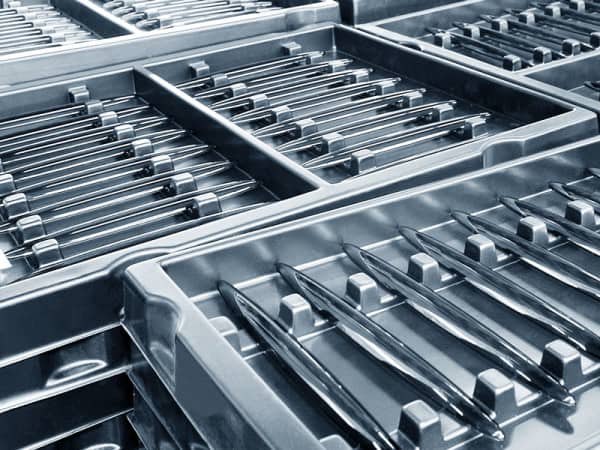
Thermoforming is a type of sophisticated manufacturing procedure that entails the heating of plastic which is then formed into a specific shape and then trimmed to become a usable product. This process is considered to be one of the most important ways of reforming plastic waste into more functional and useful products. This process usually entails the use of varying heat as thinner plastic materials require expanded heating processes as compared to thicker ones. The thermoforming technology employs the use of big and advanced machines so as to provide the recycled plastic with a much-needed amount of heat to bring about the desired shape for mass production. Here are 5 uses of thermoforming:
Recycling plastic
Plastic can prove to be a very harmful substance to the environment when left to lie around aimlessly. The process of thermoforming can be used to recycle such plastic materials into more beautiful and useful products that can be sold to consumers worldwide. By doing so, one is able to protect the environment and all its inhabitants at large. By reducing the availability of plastic waste significantly, thermoforming ensures a better lifestyle for people, plants and animals.
Manufacture of thin plastic materials
Thermoforming technology can be used to produce thin disposable supplies including but not limited to mineral water bottles, lids, blisters, trays, plastic cups among other disposable products. This is achieved through putting a thin plastic material on a roll feeder which then transports it to other parts of the machine for further slicing after which it is taken to the oven for further processing.
Production of thick plastic supplies
The technology can be harnessed to produce permanent plastic structures. This usually entails the use of thick plastic materials that undergo the production process to become useful permanent plastic structures. The shaping process in thick plastic materials is similar to that of thin ones although a specialized vacuum method is employed to facilitate quicker and efficient means of producing the desired products. Some of the applications of heavy plastic supplies are in refrigerators, airplane doors, weapons, thick and heavy tools and almost all types of electrical tools.
Shaping plastic products
The thermoforming process employs the use of big and advanced machines that provide varied heat amounts geared towards producing the desired shape in mass production. It is essential to note that the machines used can have varying distinct shapes producing varied products. This is one important application that cannot be ignored as manufacturers can easily come up with new shapes and brands for their plastic products thanks to thermoforming.
Large scale production
It is important to acknowledge this key use of thermoforming. The technology is mainly used in a larger scale ensuring the reduction of unnecessary cost through trimming, cutting and shaping of plastic materials in a bigger scale. This is not only cheaper but even more cost efficient as considered to performing the task on a smaller scale that is likely to consume even more resources.
There are various uses of thermoforming and they can be widely classified into various fields they are used in including but not limited to engineering, medical field, building and construction among others. Although the technology is attributed to its broad use one conclusion we can easily make is that it is almost impossible to live without plastic products hence indicating its vitality in our lives.
 Gearfuse Technology, Science, Culture & More
Gearfuse Technology, Science, Culture & More


